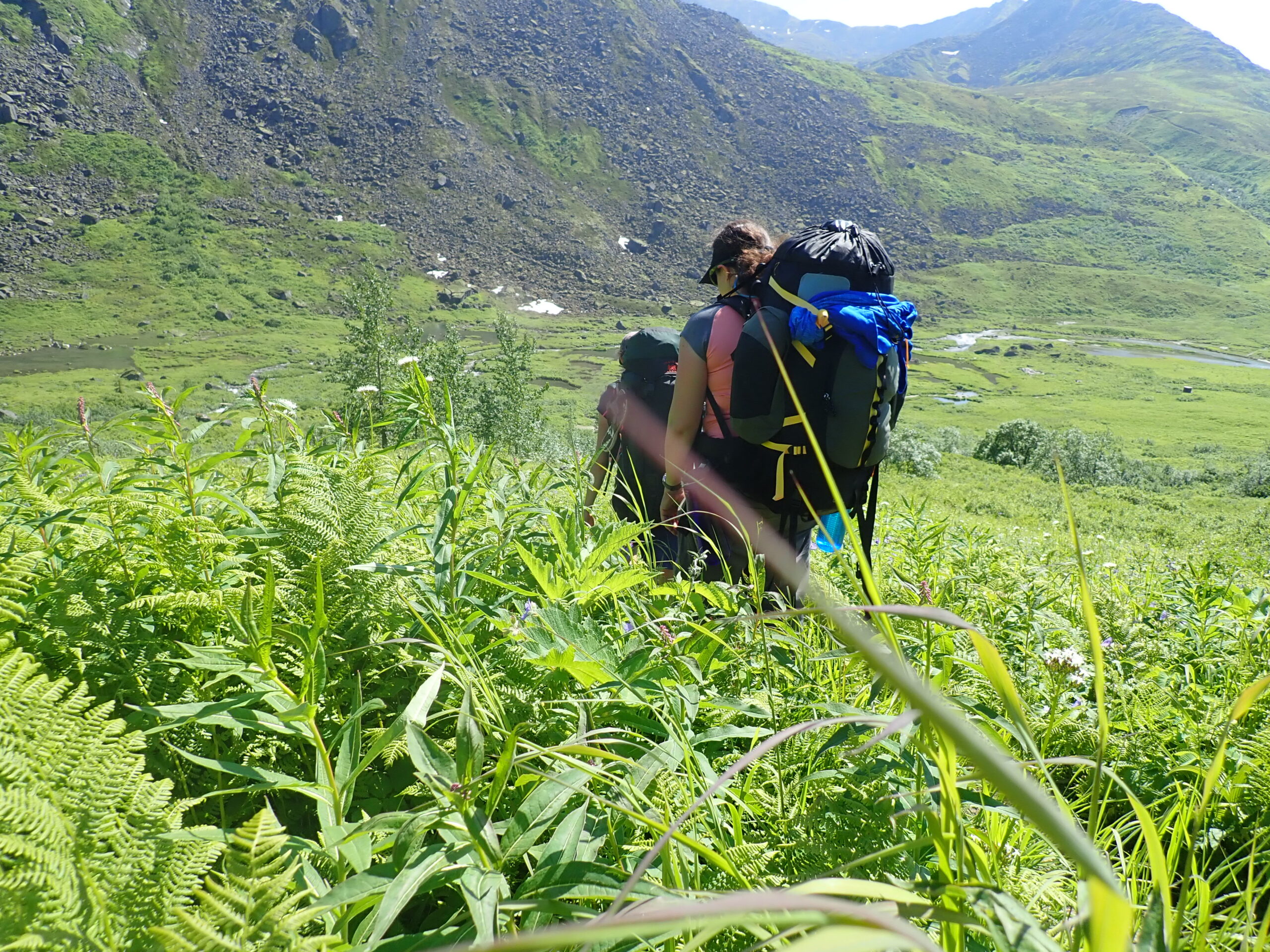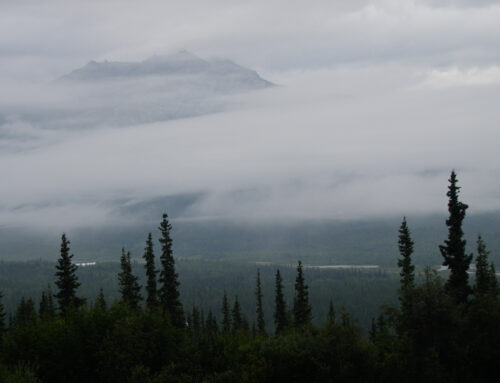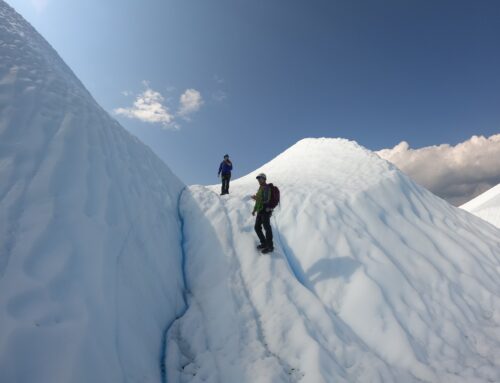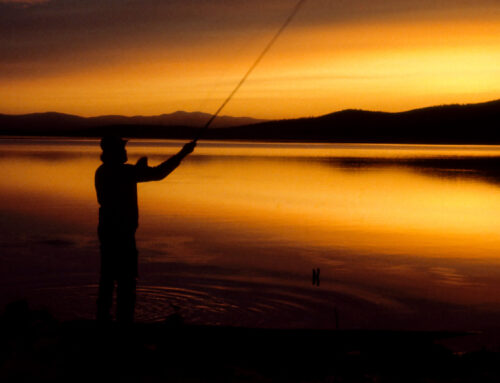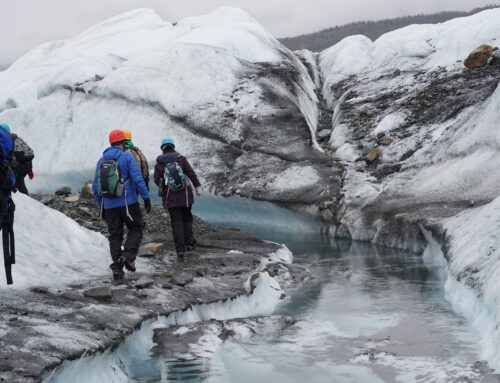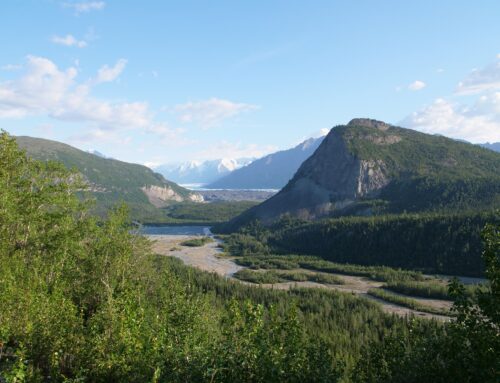Alaska Packing Guide
Proper Packing
Not all Alaska backpacking trips are the same, nor are all packs created the same. We may be packing for different lengths of trips in different weather conditions. Simultaneously, we may need a varying degree of gear to safely and comfortably complete our trip. However, there are a number of steps anyone can take to pack their gear in a way that maximizes their experience. A proper packing will provide space in their pack, keeps weight evenly distributed, and ensures that you will have what you need when you need it.
Be Prepared
First, the NOLS student in me will tell you to loosen all the straps on your pack, and line it with a heavy duty contractor bag. This keeps your stuff dry on those less than cooperative weather days. Pack covers are awesome too, but I would recommend a combination of both, and not to rely on just the pack cover. Starting the process with your pack’s cinch straps expanded will help you fit everything you need. You can always tighten them later.
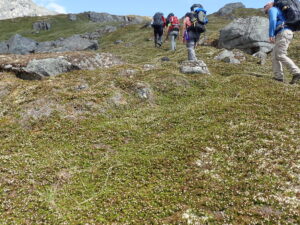
A group hikes over the rolling tundra in the Alaska alpine
Accessibility and Balance
Next, some thought has to be put into what items you may need during the day. Simultaneously, thinking of what things you are sure you will not need until it’s time to set up camp at the end of the day. In addition, you should always try to keep heavy items down low in your pack. Ideally, snug up against the small of your back. This helps with balance and will better distribute the weight to your hips and legs instead of your shoulders.
From Bottom to Top
Keeping these two considerations in mind, the best things to put first in your pack are usually the sleeping bag, pad, and any heavy and bulky food items like rice, beans, cans, etc. I personally will also pack clothes I don’t need readily into dry sacks. Those squeeze into the bottom as well. Really try to fit as much stuff as you can in the bottom of your pack. Line items up side to side before stacking them on top of each other. This is where making sure your cinch straps are loose can have a big difference.
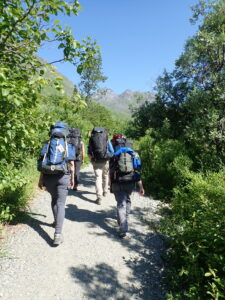
Everyone has their own nuances and techniques to what works best for their pack
Next, the tent, if you’re the one carrying it, is a great thing to have in the middle of your backpack. It’s relatively light, but can be packed densely on top of the first layer of items. You won’t need it until the end of the day. Pro-tip for packing less dense foods; stuff them into pots and pans if they’re in packable bags. By this point, you should have most of your essential heavy items packed, including tent, sleeping bag and pad, food and dishes, stove, etc. Now it’s time to move onto things that you may need on the trail.
While backpacking, it’s important to have your rain and warm layers handy, in case conditions take a turn. I will usually have a rain jacket, puffy jacket, some sort of mid layer, and warm hat accessible at the top of my pack beneath the brain. Other things to keep handy are a first aid kit and maybe an extra pair of socks. At this point the main part of the pack should be full.
Moving onto the brain, there’s a long list of things that I personally will keep in the top of my pack. Possibly more than some people, but the accessibility makes it worth it for me. This includes snacks, water purification, sunglasses, multitool, sunblock, bugspray, map/compass, gloves, and anything else you might need handy during the day. Your pack is nearly done and ready for Alaska backpacking. All we need to take care of are large and awkward items that can fit in the outside pockets.
The Trip Makes the Pack
The size and number of these hard to pack items is subject to change. This depends on whether or not you are doing any technical climbing or mountaineering during your Alaska backpacking trip. The usual suspects include tent poles, non- inflatable sleeping pads, fuel canisters, etc. If you have them, put snowshoes, crampons, wands, pickets, and other large and possibly sharp items on the outside of your pack. Make sure to protect the sharp points!
The outside of the pack is a great place to store items you need during the day. This includes water bottles, bear spray, or even trekking poles. Finally, you’re done packing. All that’s left to do is hoist your heavy pack up and make any necessary adjustments to the straps. Now get after it!
Author: Mel Geisler
